Practice Makes Perfect
The Path Of Yoga. Embarking on a Yoga journey as a beginner can be exciting and overwhelming. Yoga offers many...
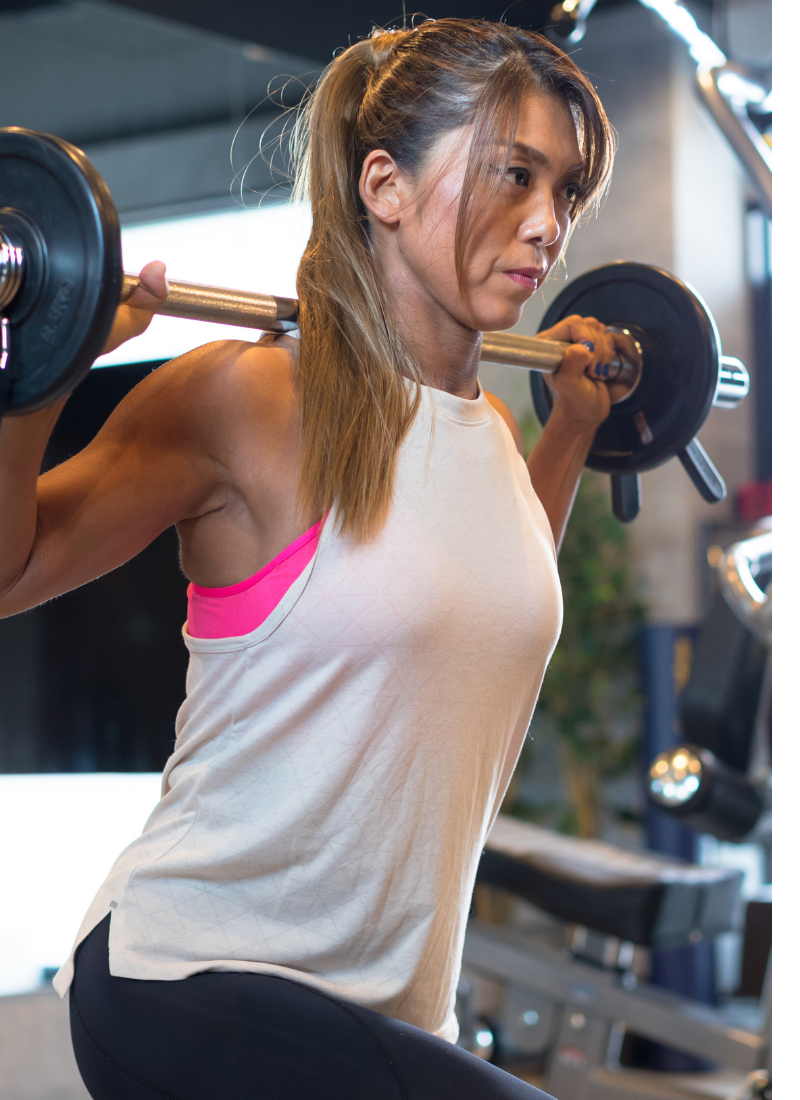
|
Getting your Trinity Audio player ready...
|
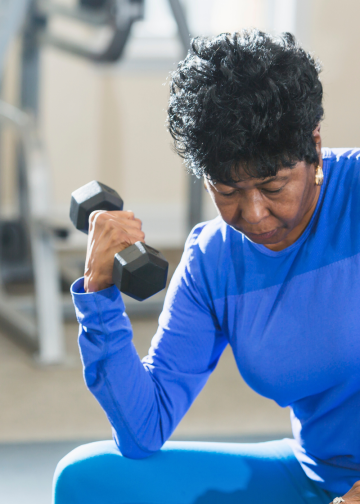
Aging is often framed as a process of decline—losing strength, energy, and flexibility. But what if we shifted the narrative? What if midlife and beyond became a time to reclaim strength rather than lose it?
Our bodies naturally change as we age: muscle mass decreases, bones become more fragile, and energy levels fluctuate. However, these changes don’t have to mean weakness. We can build physical and mental resilience through movement with the right approach.
Yoga and strength training complement each other beautifully in this journey. Yoga enhances flexibility, balance, and mobility while connecting deeply to breath and mindfulness. Strength training, on the other hand, fortifies the body, boosts metabolism, and supports bone density. Together, they create a powerful, holistic path to reclaiming strength at any stage of life.
Our bodies are dynamic, constantly responding to the way we move, rest, and nourish them. However, after the age of 30, we naturally begin to lose muscle mass in a process called sarcopenia. By the time women reach menopause, declining estrogen levels further contribute to muscle loss and reduced bone density, increasing the risk of osteoporosis and fractures.
This is why prioritizing strength becomes essential—not just for aesthetics or fitness but for functional independence. Strong muscles support healthy joints, improve posture, and help prevent falls. A resilient body allows us to continue doing what we love, whether it’s carrying groceries, playing with children, or practicing yoga well into our later years.
Beyond the physical, strength training and yoga build inner resilience. Movement teaches us perseverance, patience, and the ability to push through discomfort in a mindful, intelligent way. In this way, strength becomes more than just a physical trait—it becomes a mindset.
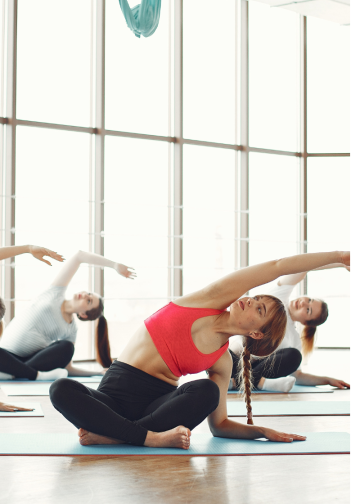
Yoga is often associated with flexibility and relaxation, but it’s also a powerful tool for strength building. Many poses require significant muscle engagement and control, helping to develop endurance, stability, and resilience.
Not all yoga classes are the same when it comes to developing strength. If your goal is to build muscular endurance and resilience, consider these more physically demanding styles:
For those new to yoga or looking for a balance of strength and recovery, Hatha Yoga or Slow Flow Vinyasa can offer a gentler introduction while still providing strength benefits.
In addition to physical strength, yoga cultivates resilience through breathwork and mindfulness. Learning to stay present and breathe through discomfort in a challenging pose mirrors how we navigate life’s difficulties. With regular practice, yoga strengthens not just muscles, but also mental fortitude, emotional stability, and the ability to embrace change with grace.
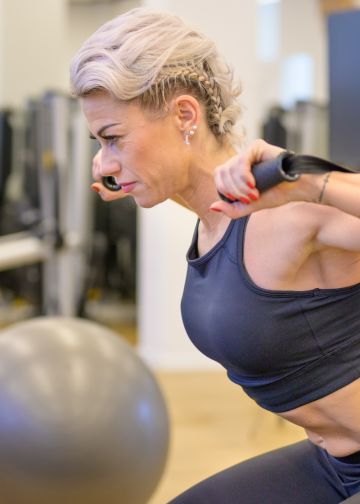
Strength training is often overlooked by women, especially in midlife, due to misconceptions about weightlifting making them “bulky” or being unsafe for aging joints. The truth? Strength training is one of the best ways to maintain a youthful, vibrant body.
For some, the idea of going to the gym can feel overwhelming. If you’re new to strength training or unsure about proper weightlifting techniques, hiring a personal trainer can be a great investment. A trainer can:
If a personal trainer isn’t an option, consider starting with guided strength classes, online tutorials from reputable sources, or even working out with a knowledgeable friend. The key is to begin safely and build strength progressively.
You don’t need a gym membership or heavy weights to start. Try:
Aim for two to three strength training sessions per week, focusing on major muscle groups. Progress slowly, allowing your body to adapt without strain.
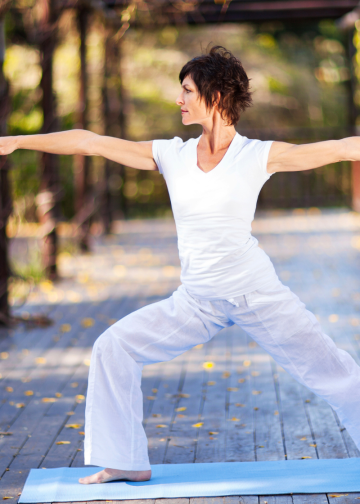
Yoga and strength training are a perfect match. Strength training builds muscle and fortifies bones, while yoga keeps the body limber, reducing stiffness and promoting mobility. Together, they create a well-rounded approach to aging with vitality.
The key is balance—challenging the body while allowing time for rest and restoration. Over time, this combination enhances endurance, posture, and overall resilience.
Starting a new strength routine can feel intimidating, especially if you’ve never lifted weights or practiced yoga consistently. The biggest barrier is often mental, not physical.
Setting small, achievable goals helps maintain motivation. Celebrate milestones—holding a plank for 30 seconds, increasing resistance, or feeling less stiffness in daily movements. A strong, resilient body is built over time, not overnight.

Reclaiming strength in midlife isn’t just about lifting weights or mastering yoga poses—it’s about embracing movement as a lifelong practice of empowerment. Aging doesn’t mean losing vitality; it means deepening our relationship with our bodies, listening to their needs, and honoring them with strength and care.
By integrating strength training and yoga, women can move into the future with confidence, resilience, and joy. And if the sun is out and you’re looking for inspiration, take your movement outdoors—go on a good hike. Walking on uneven terrain strengthens your legs and core, while being in nature calms the mind and restores the spirit. Whether it’s lifting weights, flowing through yoga, or trekking up a trail, every step you take toward movement is a step toward a stronger, more vibrant you.
One final note: Please check with your medical practitioner before starting any new physical programs.
photo © mheim 3011 via canva.com
photo © mokuden via canva.com
photo © kale 9 via canva.com
photo © gustav via canva.com
photo © michael jung via canva.com
photo © mark cvetkovic via canva.com
The Path Of Yoga. Embarking on a Yoga journey as a beginner can be exciting and overwhelming. Yoga offers many...
Stress Causes Growth At Slow Harvest Yoga, we revel in rest, softness, and slowness, but we also know that growth...
There’s something about lacing up your boots, stepping onto a trail, and breathing in that fresh air that just makes...
Restorative Yoga: Have you ever been curious about Restorative Yoga but unsure what to expect? Maybe you’ve seen photos of...
Let’s Dance: Dance is one of the oldest forms of human expression, transcending language and culture to tell stories, celebrate...
Yoga Nidra-NSDR Deep rest is becoming a necessity rather than a luxury in a world that never seems to slow...
© 2025 Slow Harvest Yoga